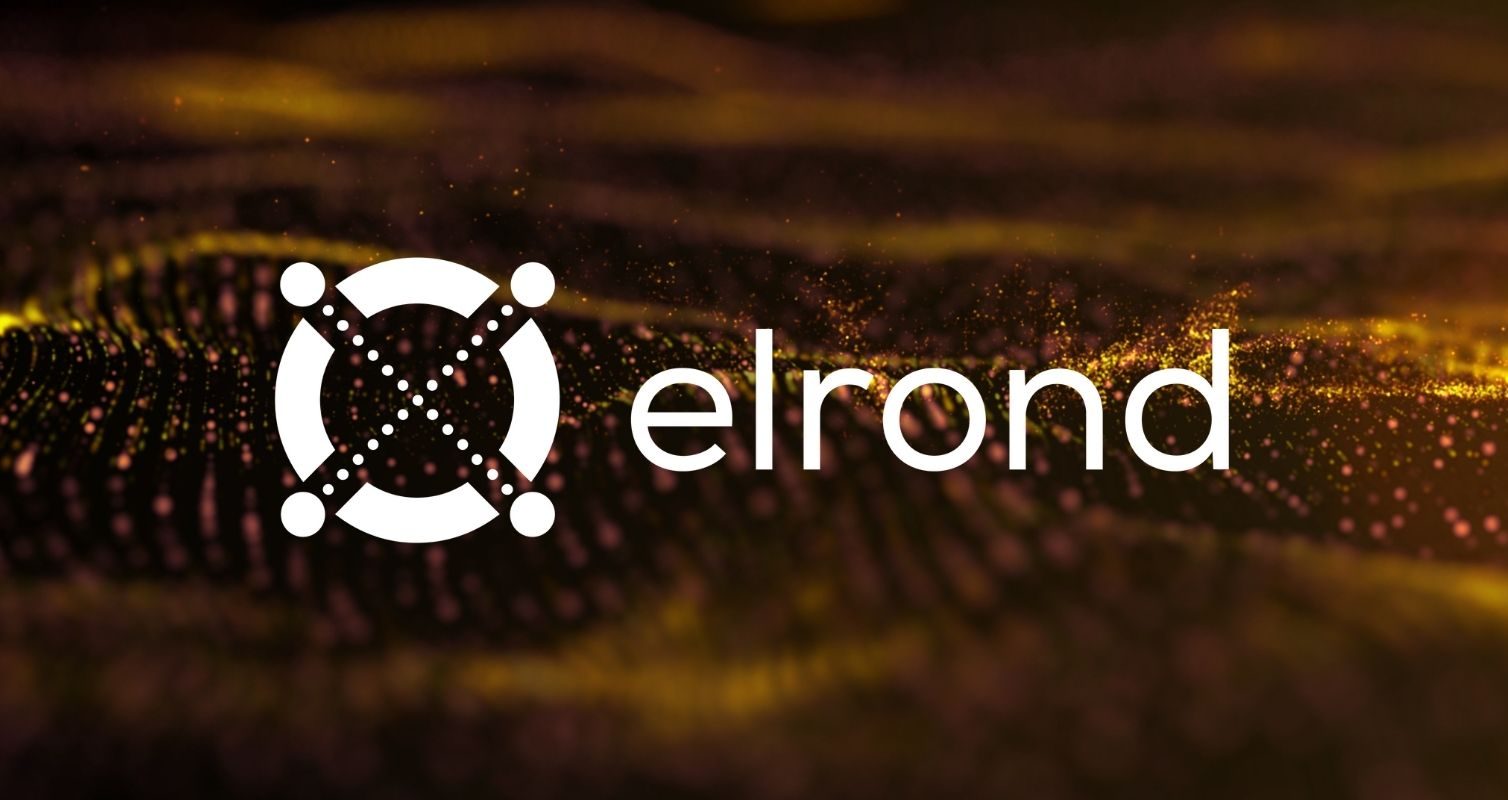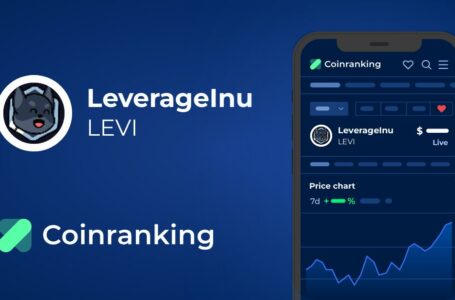
What is Elrond?
Elrond (ELGD) perfectly sums up what it stands for, “A highly scalable, fast and secure blockchain platform for distributed apps, enterprise use cases, and the new internet economy.” Founded back in 2017, the Elrond network aims to provide faster and cost-effective transactions via smart contracts operated by a distributed network of computers. Brothers Beniamin and Lucian Todea developed Elrond to address the issues related to blockchain scalability. They focused on developing a blockchain platform that is better than any other blockchain platform available back then. They aimed to develop an interoperable and highly-level scalable blockchain platform, and that is how Elrond Network was conceptualized. As for its capabilities, Elrond Network is a truly powerful network. It can process nearly 10,000 to 15,000 transactions per second with an average cost of $0.001.
Elrond (ELGD) Network believes in true decentralization. By using mechanisms, such as sharding and a secure proof-of-stake, the network is designed to compete with the major blockchain platforms like Ethereum, Zilliqa, etc. Moreover, it is the first-ever network where a state, network, and transaction sharding, have all been implemented. Before conducting an IEO, the Malta-based platform went for private funding round and generated around $1.9 million from various angel investors. Later, the network went ahead with an IEO and raised $3.25 million, and exchanged 25% of the total supply of its ELGD tokens.
What Problem Does Elrond Attempt to Solve?
Elrond (ELGD), which describes itself as a new internet economy for decentralized applications. It mainly aims to provide hassle-free, fast, and cost-effective transactions. Elrond intends to develop its own ecosystem where-in its native token ELGD will be the store-of-value asset. There are three main areas that Elrond attempts to achieve:
Instant and cost-effective transactions
In recent times, increasing transaction fees have become a source of frustration among Ethereum users. Many of them had to shell out hundreds of dollars in transaction fees. At the same time, the congested Bitcoin network has led to users complaining about slower than average transaction speed. Elrond (ELGD) tackles both these problems effectively. It intends to address these issues by providing an efficient and secure platform to carry out transactions.
Minimum energy and computation requirements
As we all know, bitcoin mining requires a huge hardware setup, which, in turn, requires energy in abundance. Bitcoin follows a mechanism known as Proof-of-Work, which is known to be an energy guzzler mechanism globally. In recent times, many leading experts have criticized Bitcoin for its energy consumption. In fact, some sources claim that Bitcoin’s energy consumption is more than what Argentina, a sovereign nation, consumes.
That’s where Proof-of-Stake comes into the picture. It also evens the playing ground as the Proof-of-Stake mechanism does not require equipment worth millions of dollars. Instead, it relies on a process called staking. Proof-of-Stake offers double benefits. The first is minimum energy consumption, and the second is that it removes the high barrier to entry, which benefits many people from the ecosystem instead of a select few. Elrond (ELGD) uses an improvised version of the Proof-of-Stake mechanism, which they call Secure Proof-Of-Stake. It helps Elrond be faster, secure, and fair.
A strong decentralized structure, minimizing a single-point-of-failure
By combining the decentralized structure with cross-chain interoperability, Elrond (ELGD) reduces the possibility of a single point of failure that may impact the whole system in the worst cases. The network runs on 2169 validator nodes, split into four shards, capable of executing 5,400 transactions per second each and a coordination shard.
How Does Elrond’s Secure Proof-Of-Stake Work?
When it comes to similarities between the plain old Proof-of-Stake and Elrond’s Secure Proof-Of-Stake, both rely on the number of staked tokens to select validator nodes for consensus. Now, let us see how Secure PoS works.
Elrond’s Secure PoS’ consensus mechanism is specifically built to choose the nodes, who, in turn, build blocks. They are responsible for completing the overall consensus process, which takes place in some particular shards. As for the selection of validators, Elrond (ELGD) uses randomness to do so. For validator selection, the Secure Proof-Of-Stake mechanism relies on a randomness formula. The formula is derived from the preceding block. Once the process completes, the block proposer of the current round of consensus signs it.
The Architecture
Before digging deep into the products of Elrond ELGD), let us first take a look at Elrond’s architecture. The network structure comprises Shards, Metachains, and Nodes. Shards are the smaller partitions of the Elrond network which are used for scaling. Each shard processes only a fraction of transactions, simultaneously with other shards. The shards are responsible for executing accounts, smart contracts, blockchains, etc, which plays a crucial role in scaling.
The next comes the Meta chain, which is nothing but a blockchain that runs on a special shard. The main aim of this blockchain is not to process the transactions but to authenticate the processed block. Also, it takes care of the communication between the shards, maintains the registry of validators, rewarding and slashing.
Elrond Platform and Token
The platform also encourages developers to create more innovative and cost-effective applications and earn up to 30% of the smart contract fees as royalties. The network also reserves some ELGD tokens, which are staked on the platform for a minimum period of a year and earn a 36% annual rate.
We can even count ELGD tokens as a product of Elrond Network, after all, the validators need to stake them to secure the ledger. The Elrond infrastructure also offers a wallet to its users and the block explorer.
Elrond eGold or ELGD coin is the native token of Elrond, and it used to interact with applications, carry out transactions and give out rewards or incentives. Initially, the native token was named ERD coin. But after launching the token on the main net, it was renamed as ELGD coin. Later the network also held a swapping program and enabled the users to swap the old tokens to the new ones.
Bottom Line
Elrond (ELGD) competes against Ethereum, similar to Cardano and Polkadot. Thus, it faces immense competition from some of the leading platforms in the world of blockchain like Ethereum, Cardano, Polkadot. Yet, it has the potential to compete against them, and that, too, strongly. It has multiple features that rival the leading blockchain platforms. Elrond also inked partnerships with some of the top-most names in the crypto industry like Ledger, PolyNetwork, BitGo, Coinbase Custody, and more.



















